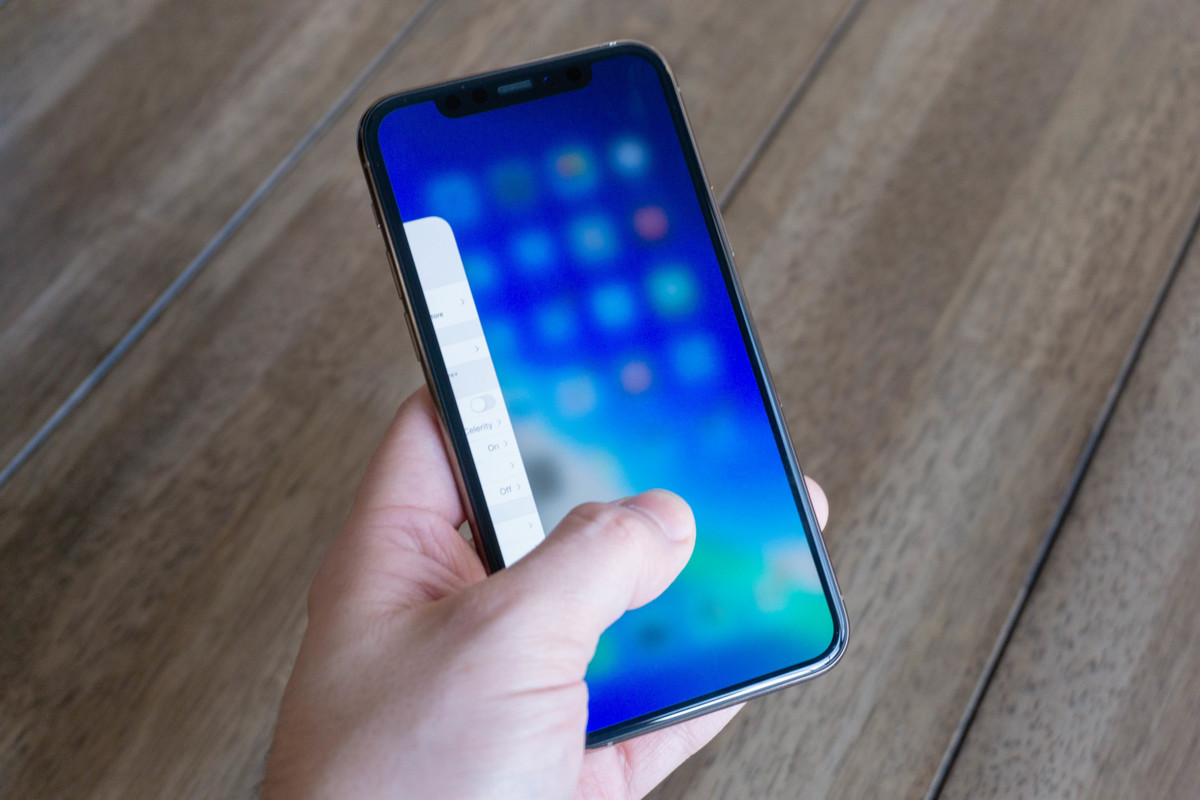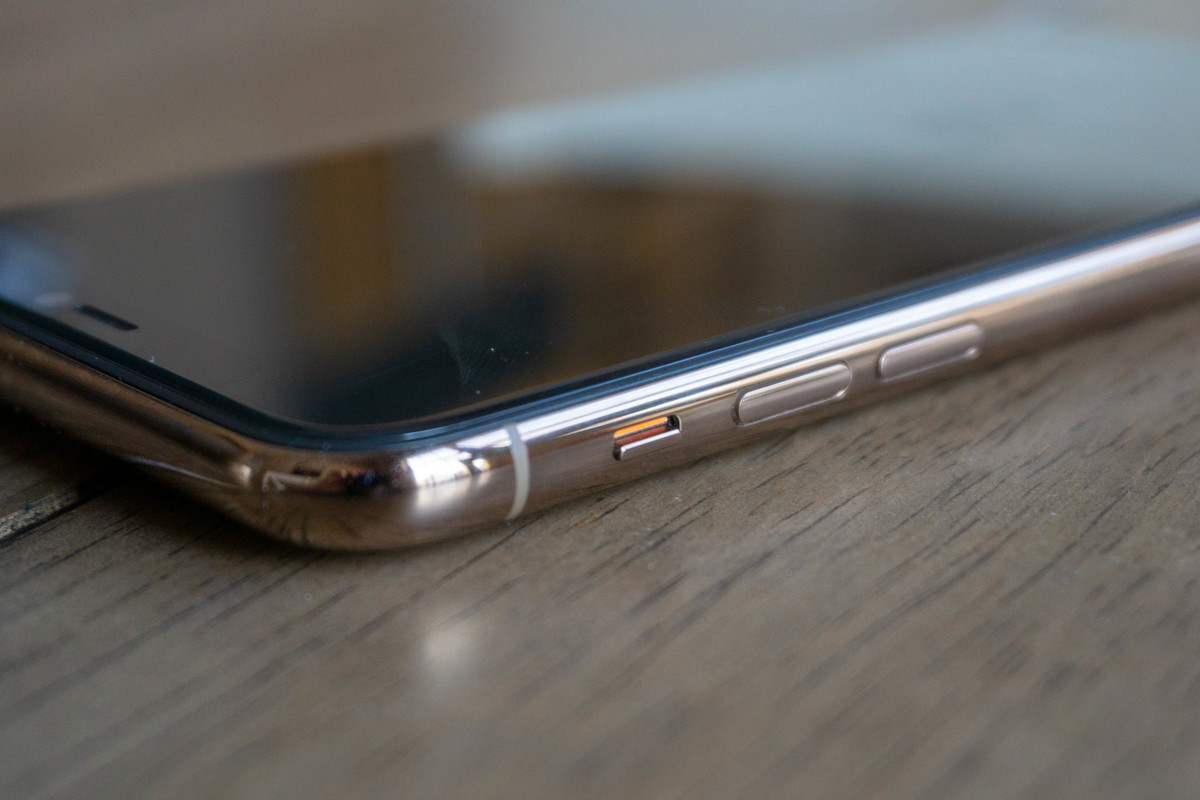I hopped on the Android bandwagon early: I sold my iPhone 3G in 2009, bought an HTC Hero, and never looked back. I’ve been using Android every day since then, writing about Google’s platform as a tech journalist. Nonetheless, I’ve tried to keep pace with iPhone developments, and recently set aside a week of my life to get reacquainted with Apple’s smartphone.
I put all my Android phones in a drawer and settled into life with the iPhone 11 Pro. Admittedly, the iPhone does some things extremely well, even for a long-time Android user like myself. However, there are also plenty of things I hate with a fiery passion.
Where the iPhone wins
Apple’s Taptic Engine: Haptics are an underappreciated but important aspect of interacting with a smartphone, and Apple understands this. The “Taptic Engine” is essentially a giant vibration motor bolted right to the iPhone’s frame, and it’s fantastic. The haptic feedback is tight and powerful, surpassing all Android phones on the market. It can almost feel like you’re pressing physical buttons on the screen sometimes. Google’s Pixel phones have by far the best haptics on Android, but even those devices are far behind Apple.
Gesture navigation: I was skeptical when Apple decided to make gestures mandatory for navigating its phone, but its gesture scheme is a significant improvement over a physical button. In fact, Apple’s gesture approach is the best I’ve seen. The gestures are all incredibly smooth and don’t require long swipes—it feels like you’re flinging the UI around. I also appreciate that the gesture pill at the bottom of the screen doesn’t take up too much space. There’s a reason Google straight-up copied some of Apple’s gestures in Android 10.
 Ryan Whitwam/IDG
Ryan Whitwam/IDGiPhone gestures beat Android phone gestures. They just do.
Battery performance: Apple prioritizes battery life on the iPhone, and that’s a refreshing change for me. The early days of Android were a free-for-all in which app developers could do almost anything, and many apps siphoned off battery power with impunity. Google has tamped down on the worst excesses, but iOS has always been more measured. It slowly added new features to the OS, and apps are kinder to your battery as a result. The iPhone 11 Pro will last an entire day, even if you use it heavily. It’s about on par with Android phones with 20 to 30 percent larger batteries.
Silent switch: The iPhone’s silent mode switch is a quick, simple way to shut up your phone. My old iPhone 3G had one, and I’m happy Apple has stuck with it. There are still ringer volume controls and a Do Not Disturb mode, but you have to wake up the phone to use those. The iPhone’s switch doesn’t move far, but it has delightful tactile click, and you get haptic feedback when activating silent mode. It’s so easy and reliable, you can change the ringer mode while the phone is in your pocket.
 Ryan Whitwam/IDG
Ryan Whitwam/IDGThe iPhone’s silent mode switch…
https://www.pcworld.com/article/3513945/switching-from-android-to-iphone-where-iphone-wins-and-fails.html#tk.rss_all
